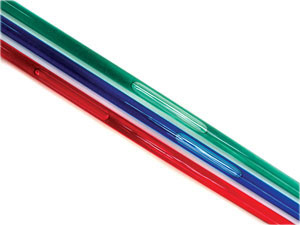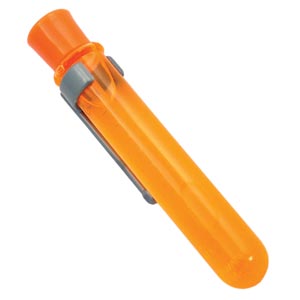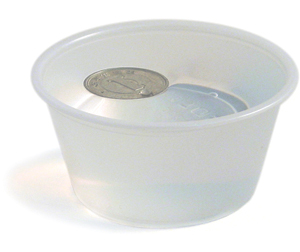 by: Cindy House
by: Cindy House
Bubbles in tubes offer many advantages over spheres on ramps for velocity and acceleration experiments:
- The bubble stays in the tube! There are no escaped marbles to chase down.
- The bubble moves more slowly than a marble, permitting more accurate determination of elapsed time.
- Results are highly reproducible.
- Many data points can be collected in a short period of time.
A Speed of the Bubble Apparatus to hold and protect the tube is easy to construct from scrap and/or inexpensive materials. It enables even very young students to obtain highly reproducible data quickly. It also protects the tubes from being damaged if dropped or bumped. Plans and suggested materials are included in this blog. The following experiment is one I use with the elementary students in our after school science club. Read the rest of this entry »




 Posted by Tami O'Connor
Posted by Tami O'Connor 

